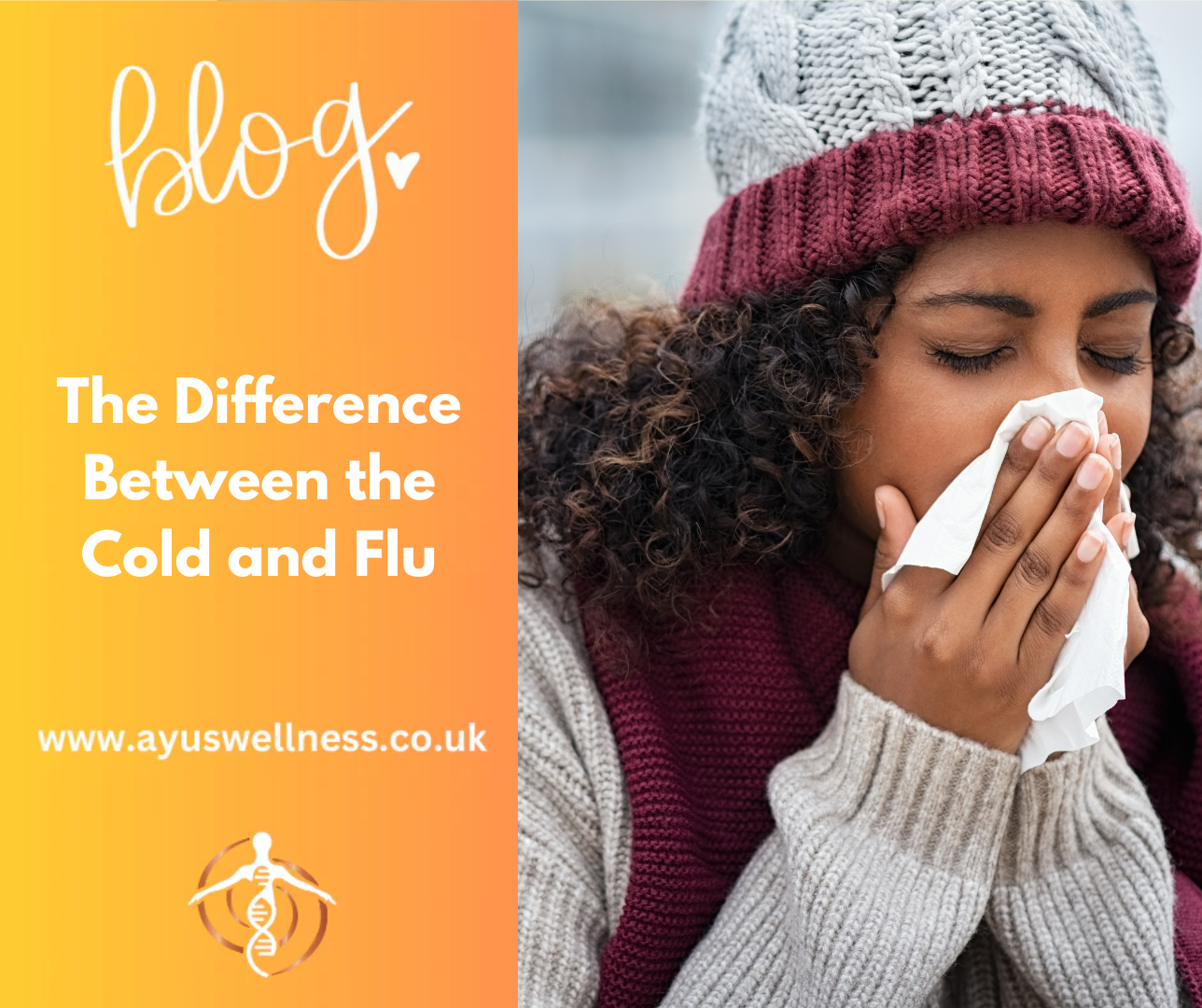
When your nose is stuffy, your throat is sore, and you’re feeling drained, it’s natural to wonder: is it a cold or the flu? These two common illnesses share overlapping symptoms but differ significantly in severity, onset, and treatment. Understanding the distinctions can help you choose the best course of action and know when to seek medical help.
This article explores the symptoms, treatments, and prevention methods for both the common cold and the seasonal flu, helping you stay informed and prepared during cold and flu season.
Symptoms: Cold vs. Flu
Both colds and flu are respiratory infections caused by viruses, but their symptoms differ in intensity and duration.
Common Cold Symptoms
-
Runny or stuffy nose
-
Sore throat
-
Sneezing
-
Cough
-
Mild headache or body aches
-
Slight fatigue
Colds usually develop gradually and peak within a few days. Symptoms typically resolve within 7–10 days but can linger for up to two weeks.
Flu Symptoms
-
Dry, hacking cough
-
Moderate to high fever (not always present)
-
Severe muscle or body aches
-
Intense fatigue lasting up to two weeks
-
Chills and headache
-
Nausea, vomiting, or diarrhea (common in children)
Flu symptoms come on suddenly and are often more severe than cold symptoms.
What Is the Common Cold?
The common cold is a viral infection of the upper respiratory tract caused by over 200 different viruses, most commonly rhinoviruses. While colds are mild compared to the flu, they are highly contagious, spreading through droplets from sneezing, coughing, or touching contaminated surfaces.
Cold Treatment
Since colds are caused by viruses, antibiotics are ineffective. Here’s how you can manage symptoms:
-
Over-the-counter Medications: Use decongestants, antihistamines, or pain relievers like ibuprofen.
-
Stay Hydrated: Drink plenty of fluids to prevent dehydration.
-
Home Remedies: Zinc lozenges and vitamin C may reduce the duration of a cold.
When to See a Doctor
-
Symptoms persist beyond 10 days.
-
High fever develops or doesn’t go down.
-
Signs of a bacterial infection, such as sinusitis or strep throat, appear.
Cold Prevention Tips
Preventing a cold requires good hygiene and lifestyle habits:
-
Wash Your Hands: Use soap and warm water frequently, or hand sanitizer if water isn’t available.
-
Avoid Close Contact: Stay away from people who are sick.
-
Boost Your Immunity: Eat a balanced diet, exercise, and manage stress.
What Is the Seasonal Flu?
The flu, or influenza, is a more serious upper respiratory infection caused by the influenza A, B, or C viruses. Flu season typically spans fall through spring, peaking in winter.
How Flu Spreads
The flu spreads similarly to colds through droplets from coughing, sneezing, or touching contaminated surfaces. You’re contagious from one day before symptoms appear to about a week after.
Flu Treatment
-
Rest and Fluids: Stay hydrated and get plenty of rest.
-
Medications: Over-the-counter decongestants and fever reducers can help manage symptoms.
-
Antiviral Drugs: Prescribed medications like oseltamivir (Tamiflu) or zanamivir (Relenza) can reduce the flu’s duration if started within 48 hours of onset.
When to Seek Medical Help
Some individuals are at higher risk for flu complications, including children, older adults, pregnant women, and those with chronic illnesses.
Call your doctor if you experience:
-
Difficulty breathing
-
Chest pain or persistent cough with green mucus
-
High fever that doesn’t improve
-
Severe fatigue or inability to stay hydrated
Flu Prevention Tips
The best way to prevent the flu is through vaccination. Here are additional steps:
-
Get a Flu Shot: Vaccination reduces the risk of severe flu and complications.
-
Wash Hands Frequently: Use soap and water or an alcohol-based sanitizer.
-
Stay Healthy: Sleep well, eat a nutritious diet, and exercise regularly.
Key Differences Between Cold and Flu
|
Factor |
Cold |
Flu |
|
Onset |
Gradual |
Sudden |
|
Severity |
Mild |
Severe |
|
Fever |
Rare |
Common (moderate to high) |
|
Body Aches |
Mild |
Severe |
|
Fatigue |
Mild |
Severe (can last weeks) |
|
Duration |
7–10 days |
1–2 weeks |
|
Complications |
Rare |
Can lead to pneumonia, bronchitis, etc. |
Takeaway
Understanding the differences between a cold and the flu can help you manage symptoms effectively and avoid complications. While both conditions are caused by viruses and share some symptoms, the flu is generally more severe and can lead to serious health issues.
If symptoms persist or worsen, consult a healthcare provider promptly. By practicing good hygiene, maintaining a healthy lifestyle, and getting vaccinated, you can reduce your chances of catching these common illnesses.



